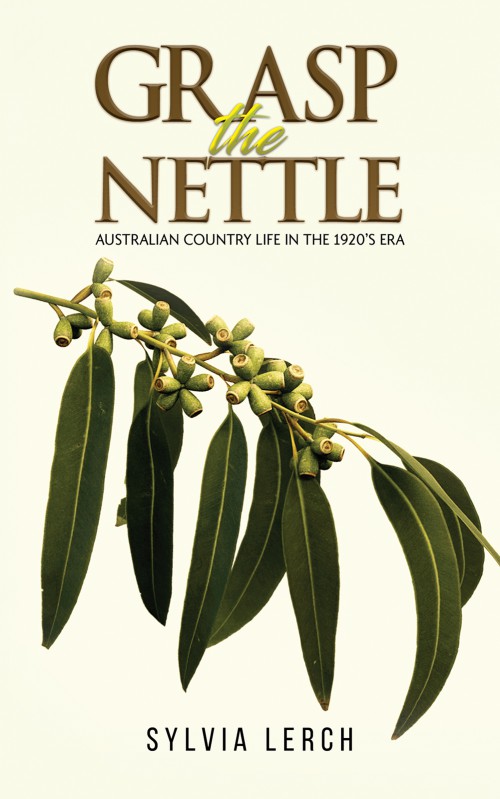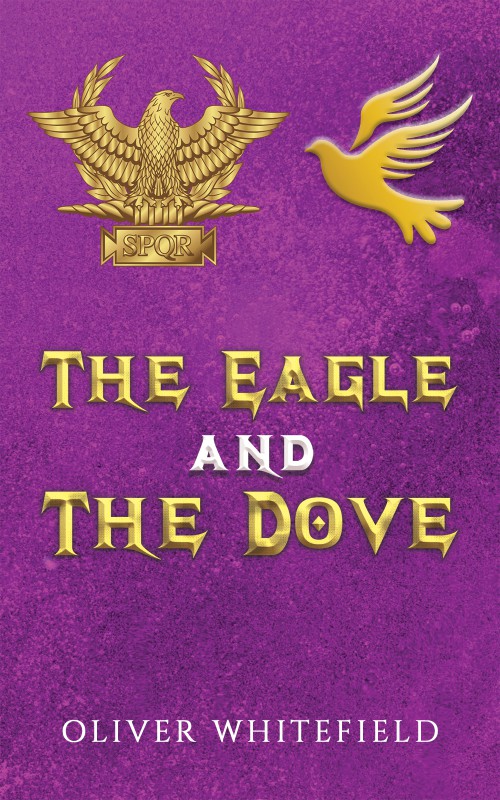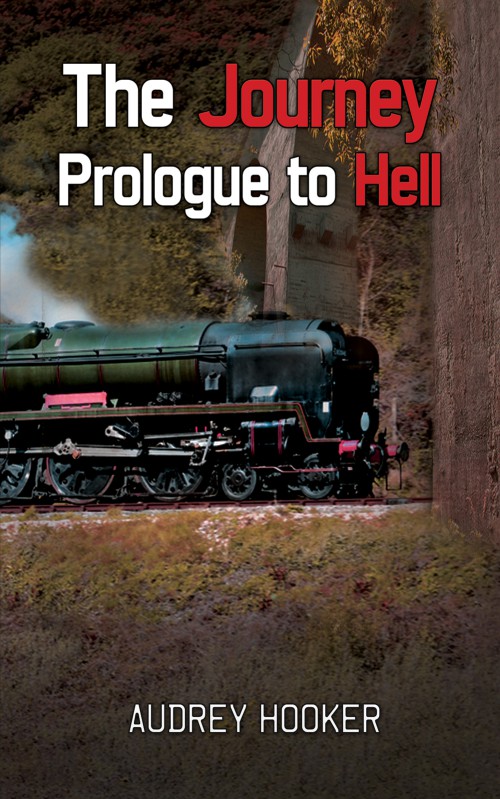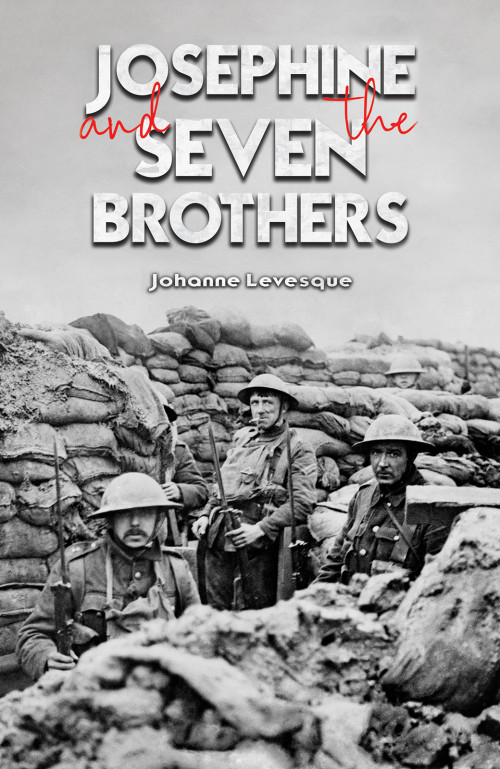Set in a remote district of Western Australia in the 1920s, an era which outlawed suicide, an unidentified body has been found and police are treating the death as suspicious. The story presents a chance for strangers (the reader) to peruse the very private diaries of the protagonists. Intriguingly, this is like peeping through the coin slot of a piggy bank to count the wealth inside. Elsie has married Tom in an arrangement brokered by her brother. Tom’s job is delivering the Royal Mail, and it takes him away from home for weeks at a time. Vivacious, imaginative young Elsie must entertain herself in their isolated, unsophisticated bush hut. Married women were not allowed to be financially independent. Grasp the Nettle is not a fairytale ‘lived happily ever after’ romance, but a lode of accurate historical data balanced by details of underlined moral standards of life before the advent of reliable contraceptives, and acknowledgement of gender diversity. In those harsh times, things that are commonplace for us today were yet to be invented: like mobile phones, internet communications, and GPS. There were not even engineered roads through country districts in this vast nation, Australia. Grasp the Nettle poses the question: how did people cope with life’s challenges?







-657b0424baa2fuploaded_image.jpg)




